

Digital Sampler

Scope and Sequence
Listening
Getting to Know
2 Family and Friends
Listen to peoples’ introductions
Listen to people talk about their family and friends
Listen to people describe their living arrangements
Listen to people giving directions
Speaking
Introduce yourself
Describe your family
Describe your living arrangements
Ask for and give simple directions
Reading
Understand details in introductions
Understand details about peoples’ families
Understand details about peoples’ homes
Understand written directions, road signs, and notices Unit 5
Listen to people talk about their routine
Listen to people describe their favorite hobbies and activities
Listen to people describe their food preferences
Listen to people talk about food and prices
Listen to peoples’ advice on healthy habits
Listen to people making requests at a clothing store
Talk about routines
Talk about hobbies
Talk about food preferences
Ask for assistance at a grocery store
Talk about taking care of your health
Ask for assistance at a clothing store
Listen to a weather report
Listen to travel plans
Talk about the weather
Understand simple texts related to daily life: menus, labels, and text messages
Understand short texts in brochures, advertisements, and online contents
Understand food preferences and menus
Understand food labels and prices
Understand short texts of health advice
Understand labels and tags
Understand a weather forecast
Talk about travel plans
Understand travel details

Grammar Writing In the Real World World Link
Simple present tense: be verbs Wh-questions: what and where
Subject pronouns Possessive adjectives
There is / There are Prepositions of place
Prepositions of place Imperatives
Adverbs of frequency Don’t and doesn’t
Simple present tense statements (affirmative/negative) Verb + -ing
Statives: like, don’t like, dislike, love, hate Yes/No questions
Articles a and an Countable and uncountable nouns
Should and shouldn’t Third-person have and has
Adjectives Demonstratives
Simple present tense for facts
Will and be going to for future predictions
Prepositions of time Prepositions of place
Write a short introduction
Write about your family
Write about your living arrangements
Write basic directions
Give an introduction for a professional setting
Give a brief introduction of your family and background
Give advice on living arrangements in your city
Give advice on places to visit in your city
Write short messages about your daily activities
Write about your hobbies and free-time activities
Write about your food preferences
Write a shopping list for grocery shopping
Write a plan to have a healthier lifestyle
Write a shopping list for clothes shopping
Write descriptions of the weather and seasons
Fill out basic travel documents
Make a healthy routine
Understand the meaning and importance of names
Understand how people show respect to others
Understand alternative housing
Understand descriptions of unique neighborhoods
Understand different routines around the world
Explain a hobby to others
Explain your food preferences
Make a shopping list for a specific dish with a budget
Give advice on how to be healthier
Explain a dress code
Understand different interests and hobbies
Understand different dietary restrictions
Understand different shopping venues
Understand different fitness activities
Understand traditional clothes
Give advice on how to dress for the weather
Write a travel itinerary
Understand seasonal differences
Understand travel restrictions
Getting to Know Each Other


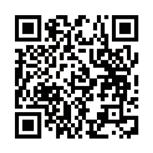
GETTING READY 1
A Talk as a class.
1. How do you introduce yourself to friends?
2. How do you introduce yourself to a teacher?
B Listen and repeat. 01
Hello! Goodbye. name age country nationality introduce friend Nice to meet you.
C Look at the pictures. Listen and circle the answers you hear. 02 1. 2.

a. Nice to meet you. b. OK. Goodbye. a. Hello! b. Goodbye.
LANGUAGE IN USE 2
A Match the flags with the nationalities.

B Work with a classmate. Create a conversation. Use your names, the countries, and the nationalities.
A: Hello. I’m 1
B: Hi, 2 . I’m 3
A: Where are you from?
B: I’m from 4 . What about you?
A: I’m from 5 .

CONVERSATION 3
A Listen. 03
James : Nice to meet you. I’m James.
Isabella : Hello, James. I’m Isabella.
James : Where are you from?
Isabella : I’m from Mexico. Where are you from?
James : I’m Colombian. I’m from Colombia.
Can I ask your age?
Isabella : Sure. I’m nineteen years old. What about you? When were you born?
James : I was born in 2006. I’m twenty years old.

B Practice the conversation with a partner.
C Use the expressions in the conversation above or use your own ideas.
What’s up?
May I ask how old you are?
How’s it going?
Could you tell me your age?
How are you?
Hey, aren't we in the same class?
SOUNDS FUN 4
A Watch and listen. 01
A: How’s it going? I’m Jin.
B: Nice to meet you, Jin. I’m Emi.
A: Are you from here?
B: No. I’m from Japan. What about you?
A: I’m Korean. Can I ask your age?
B: Of course. I’m eighteen.
A: Me, too.
B Repeat the audio. 04
C Watch and say the assigned role. 01
1. You are A:
I turned . . . not long ago.
Are you from . . .?
You are B:
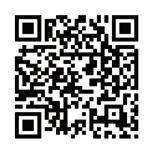
Scan for Video
SPEAKING 5
A Listen and fill in the blanks. 05
Jacob : Excuse me. Can you help me find room A240?
Francois : I’m 1 there now. Follow me.
Jacob : Thanks a lot. Nice to meet you, by the way. I’m Jacob.
Francois : Hi, Jacob. I’m Francois. Are you 2 here?
Jacob : Yeah. I just 3 here last month.
Francois : Where are you from?
Jacob : I’m from 4 . What about you?
Francois : I was born in 5 , but I grew up in Mexico.
B Listen to the rest of the conversation. Then answer the questions. 06
1. Why did Jacob move?
2. When did Francois move to Mexico?
3. What will Jacob and Francois do after class?
C Work with a partner. Match. Then ask and answer the questions.
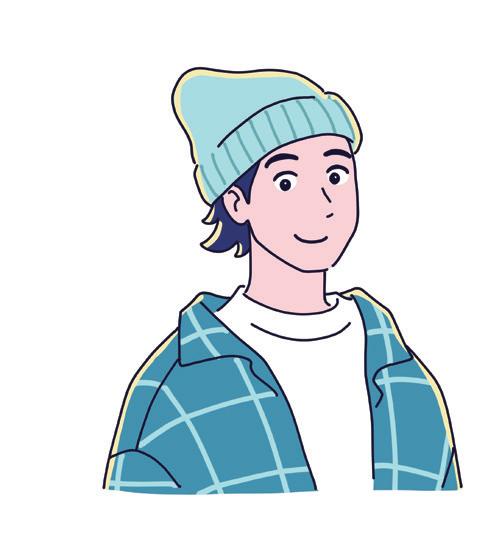
ROLE PLAY 6
1. Are you new here?
2. Where are you from?
3. What´s your name?
4. Where is that?
a. It’s a city in Guatemala.
b. My name is Elena.
c. I’m from Flores.
d. Yes, I am. / No, I’m not.

A Introduce yourself and ask where your partner is from. A: . My name is B: . I’m A: to meet you, . Where are you from? B: I’m from .
B Change roles.
A Read the questions and sample answers on this page and page 126. Then write your own answer to each question.
1. What’s your name?
My name is Val.
2. Where are you from? I’m from the US.
3. Did you grow up here? No, I grew up in Canada
4. Can you speak another language? Yes, I can speak a little French.
5. What do you do for fun? I usually play computer games for fun.
B Work with a partner. One person should use this page. The other person should use page 126. Take turns asking and answering questions.
A Talk as a class.
1. When do you need to introduce yourself?
2. What should you say in an introduction?
B Read. 07


Hello. It’s very nice to meet everyone. My name is Gloria. My last name is Duval. I am from France, but I grew up in Spain. My father’s family is from Nice. My mother’s family is from Barcelona. That’s a city in Spain. I am seventeen years old. I can speak a little French and English. I am very good at Spanish!
Hi, everyone. My name is David Balfour. I just moved to South Korea. I am sixteen years old. I was born in Johannesburg, South Africa. I grew up in Cape Town, though. It’s one of the biggest cities in South Africa. My family moved to South Korea last summer. I am studying Korean so I can make new friends. Right now, I can speak English and Afrikaans.


How’s it going, everyone? I’m Karl, and this is my twin brother Otto. We are German. We live in the United Kingdom. We were born in Frankfurt and grew up in Berlin. We moved to London last year. We are eighteen years old. For fun, we like to play basketball.
C Circle true or false.
1. Gloria can speak English.
2. Gloria grew up in Spain.
3. David moved to South Africa last summer.
True False
True False
True False
4. David is studying Korean. True False
5. Karl and Otto live in London. True False
D Circle the answers.
1. Who is from France?
a. Gloria b. David c. Karl d. Otto
2. Where did David grow up?
a. Johannesburg b. Cape Town c. Barcelona d. Frankfurt
3. How old is Otto?
a. Sixteen
4. Who can speak Spanish?
b. Seventeen c. Eighteen d. Nineteen
a. Gloria b. David c. Karl d. Otto
5. Where does David live?
a. South Africa b. Spain c. South Korea d. Germany
E Tell your partner about yourself.
A Learn the grammar.
Present Tense: be
I am (not) . . .
He/She/It is (not) . . .
You/We/They are (not) . . .
B Read and write the correct be -verbs in the blanks.
1. She a student.
2. They from Peru.
3. He (not) from Mexico.
4. They (not) eighteen. They are seventeen.
5. I Australian. I am from Perth.
C Read and write correct be -verbs in the blanks.
A: Hi, my name 1 Brian.
B: I’m Amanda, and this is Maria. We 2 from Canada.
A: It 3 nice to meet you, Amanda and Maria.
C: Where are you from, Brian?
A: I 4 from Scotland. How old are you?
C: I am seventeen and so 5 Amanda.
A: Me, too!
D Learn the grammar.
Questions: what and where
What is her name?
What are their names?
E Read, write, and match.

Where is she from? Where are they from?
1. is his name? • • a. They are from Canada.
2. are they from? • • b. Their names are Sue and Kate.
3. are their names? • • c. His name is Kevin.
4. is he from? • • d. He is from Germany.
WRITING 10
A Read. Then fill in the blanks with the correct information.

Hey, everyone. My name is Edward. My last name is Kimura. I am sixteen years old. I am from New York, but I can speak Japanese For fun, I like to
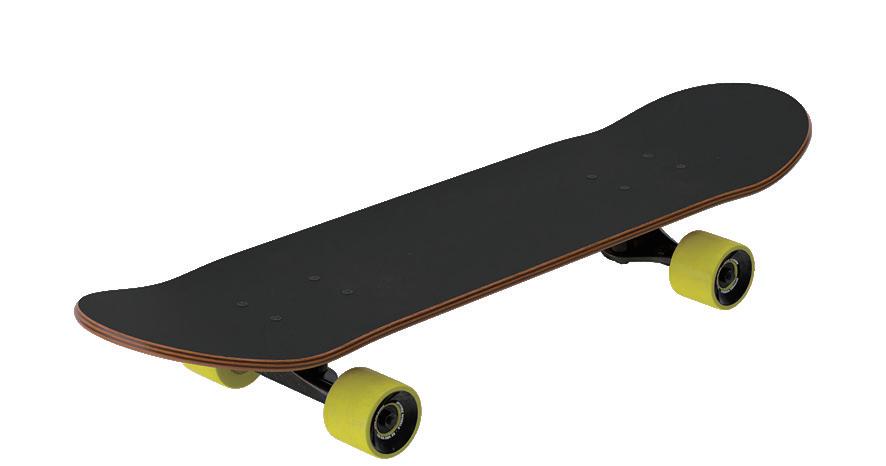
last name on social media Hello Roberta speak Spanish years old
1. . My name is 2. . My 3. is Moreno. I’m seventeen 4. . I am from Colombia, so I can 5. . I like to post things 6. . It’s fun!
B Use the reading in A to write your own self-introduction.

IN THE REAL WORLD 11
A Read the prompt. Prepare a short presentation.
PROMPT:
First impressions are very important in a professional setting.
Prepare a presentation that covers the following information: your name, age, education, skills, goals, likes, and dislikes.

Names are important. They can tell us about a person’s culture. Here are some fun facts about names!

Most people have a last name or family name.
People in many countries have one family name. In Spain and Latin American countries, people have two! They use the family names of their mother and father. Some people also have two first names. Names in these countries are often long!

Example Victor Manuel Cruz Chávez (first names) (father’s last name) (mother’s last name)

In Iceland, many people do not use family names. Their last name comes from their father’s first name. For boys, they add -son to the father’s first name. For girls, they add -dóttir.
For example, the son of Jón Einarsson will have the last name Jónsson. The daughter will have the last name Jónsdóttir.
Example Jón Einarsson
Ólafur Jónsson (son) (father) Anna Jónsdóttir (daughter)
Some countries in East Asia use Chinese characters for their names. These characters have different meanings. For example, the Korean name Jeong Eun can use the characters 貞 (Jeong) and 恩 (Eun). This means “honest kindness.”
Example 貞 (Jeong): honest 恩 (Eun): kindness
Does your name have a special meaning?
Chinese character for “love.”
B Circle true or false.
1. Names can tell us about a person’s culture.
2. Hispanic people can have four names.
3. There are no family names in Korea.
True False
True False
True False
4. A dad and son in Iceland can have different last names. True False
5. Names in East Asia often use Korean characters. True False
C Answer the questions.
1. What is the reading mainly about?
a. How people change their names
b. How names are made in other countries
c. How to choose the best first name
d. How Chinese characters are used in names
2. What is not true about names, according to the reading?
a. Names are long in Hispanic countries.
b. East Asian names can have a special meaning.
c. Last names are decided by the mother in Iceland.
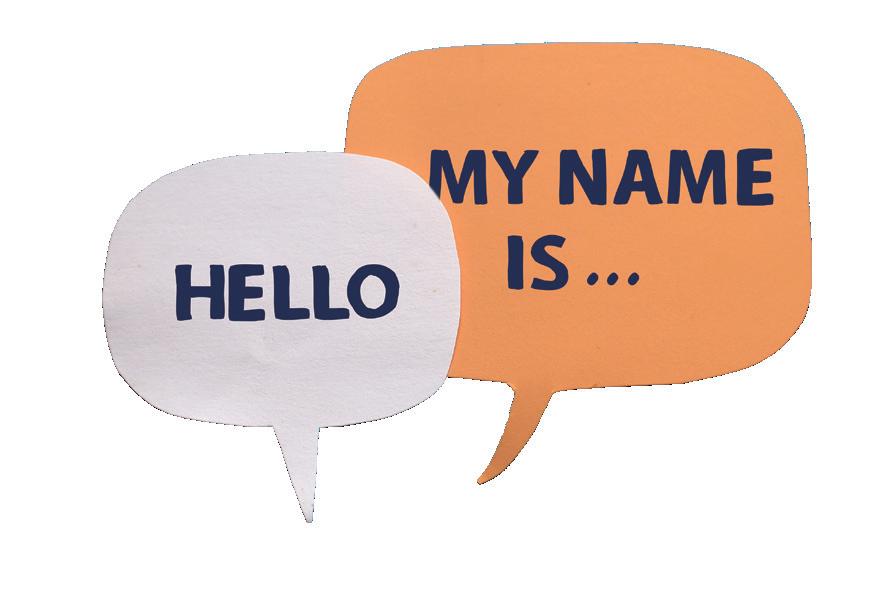
d. Last names can be different for sons and daughters in Iceland.
3. In Iceland, the daughter of Jón Einarsson would have the last name
a. Einarsson
b. Einarsdóttir
c. Jónsson
d. Jónsdóttir
D Talk as a class.
1. How are names made in your country?
2. What can you learn about a person from their name?
3. What are some other naming traditions?


Go Fluent is a three-level series designed for young-adult and adult learners of English. It covers all four language skills and grammar with functional language models to build communicative abilities. The series is scaffolded to build confidence in speaking by guiding students to speak through modeled dialogs, structured conversations, and free conversation with theme-based questions. Go Fluent also builds students’ knowledge of the world around them with its World Link and In the Real World activities. These activities teach valuable skills for students’ futures, as well as, develop awareness on how to be a better, more knowledgeable global citizen.
Features
• A multi-skill approach to developing communicative skills that strengthen the accuracy and fluency of learners
• Authentic language models that build comprehension and production skills
• Engaging and interactive tasks that challenge students to produce language
• Model responses to support student completion of all productive speaking and writing tasks
• Fundamental grammar points linked to each unit’s listening and reading samples
• Video and audio recordings for listening comprehension, modeling pronunciation, and developing fluency
• Practical and functional language activities to prepare students for using English in the real world
• Informative and useful lessons on countries and cultures around the world that instill in students a sense of global citizenship and prepare them for life in the 21st century



